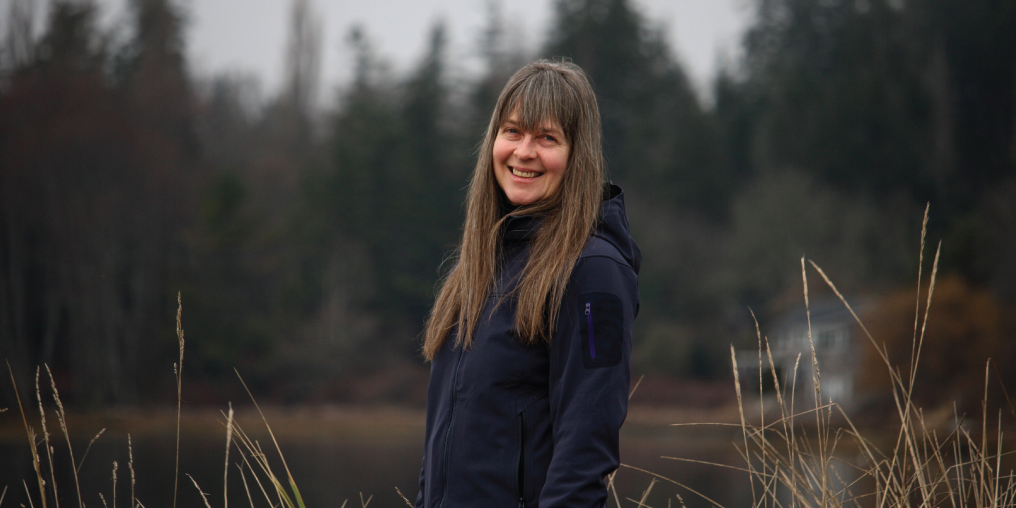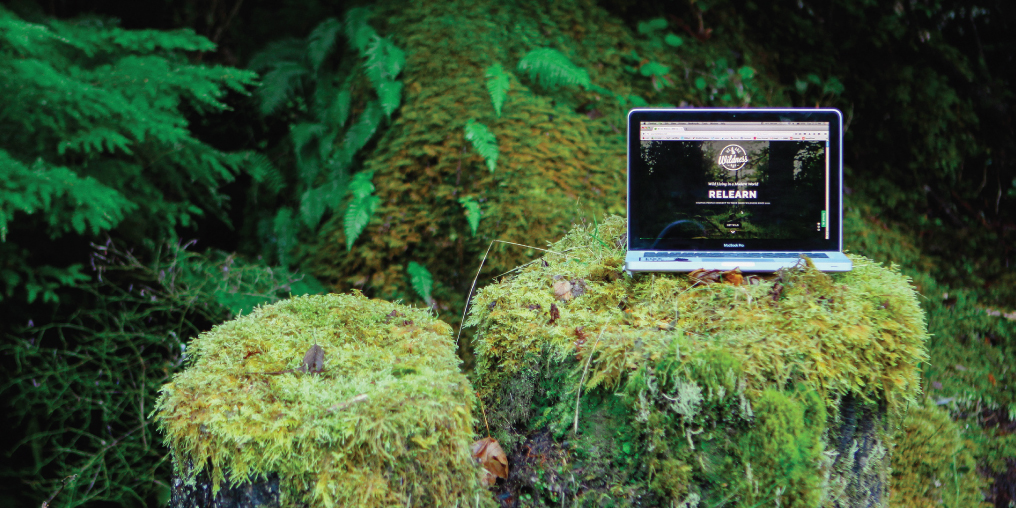Cultivating stillness
We experience so much in our lives. Sometimes life’s momentum is so fast that we miss the joy in the present moment. We’re living in an unsettling time. Many of us live with worry, stress, and anxiety, and struggle to find calm, clarity, and connection. While we don’t know what the future holds, we do know there will be many challenges to face.
One of the simplest and most effective ways to reverse the harmful effects of stress is to cultivate stillness. In other words, meditation really is the answer.
I first tried meditation in 2014 at a retreat I attended after a traumatic family experience that had lasted almost three years. My days were filled with caregiving, schedules, and demands, and I was drained, emotionally, physically, and mentally.
After a soft-spoken woman led us through a guided meditation, I felt a few moments of peace, ease, and weightlessness before I started feeling uncomfortable. Was my mind supposed to be blank? Nope, that wasn’t going to happen. I left feeling confused, but strangely calm.
Over the following years, I tried meditation more than once, and I always walked away thinking, “I can’t meditate.” But the feeling of calm that stayed with me, even for just a few moments, meant I kept trying. Eventually I found a meditation practice that worked for me, and once I got it, I wanted to share and teach this invaluable tool to my children, my friends, my family—to everyone and anyone. I became a meditation instructor and have never looked back.
HOW TO APPROACH MEDITATION
You don’t need fancy clothing, membership, or equipment to meditate. It’s free, it’s inclusive to everyone, and it only takes a few minutes to feel the positive effects. You don’t need to sit in a specific posture or chant a specific mantra. All you have to do is sit down and close your eyes.
A popular misconception holds that your mind needs to go completely blank for meditation to be “successful.” Although this may happen from time to time, it’s not what you should be aiming for as you sit quietly and breathe. Meditation isn’t about stopping your thoughts. It’s about changing your relationship with them.
Meditation is a helpful tool for managing stress, but there is no one-size-fits-all technique. What works for one person may not work as effectively for another. Try downloading a meditation app or take a class to learn a few simple techniques to help you become aware of your thoughts.
In short, if you think you can’t meditate, keep trying.
STRESS & WORRY CAN LEAD TO ANXIETY
While worry happens in the mind when you dwell on actual or perceived troubles, stress is an automatic physiological response to an external stimulus, trigger, or threat. Put stress and worry together, and you get anxiety. Anxiety can show up in many ways: dread, despair, resentment, procrastination, insecurity, projection, defensiveness. These can all feel overwhelming, like a continuous roller coaster and a general lack of ease.
Like simple stress, anxiety engages the sympathetic nervous system (SNS)—the fight, flight, or freeze response—triggering physiological effects that can become almost a 24/7 state of being. When our SNS doesn’t get a break, it can start to take a toll on our bodies.
The good news is there is a way to reverse this: engaging our parasympathetic nervous system (PSNS). When activated, the PSNS—sometimes known as “rest and digest” mode—slows our heart and breathing rates, lowers our blood pressure, and promotes digestion. Our body enters a state of relaxation, which fosters recovery. The more time we spend in a PSNS state, the healthier we are.
The PSNS engages automatically when we go to sleep at night, but we can also activate it ourselves during the day. As soon as we sit (or lie) down, close our eyes, and focus on slowing down our breath, we send a signal to our brain to engage the PSNS.
Notice that the two steps to meditation—sit down and close your eyes—are also the first steps in engaging the PSNS. This is what makes even the simplest meditation good for your health. The more you practice, the more you become able to manage your anxious thoughts before you slip into fight, flight, or freeze mode. Over time, your body will know to rest during stressful situations, and you will feel healthier and more grounded.
It’s never too late to start loosening the grip of uncertainty, isolation, and fear! I encourage everyone to consider adding meditation to your life. Make your health a priority and enjoy the benefits of feeling calm, clear, and connected.





